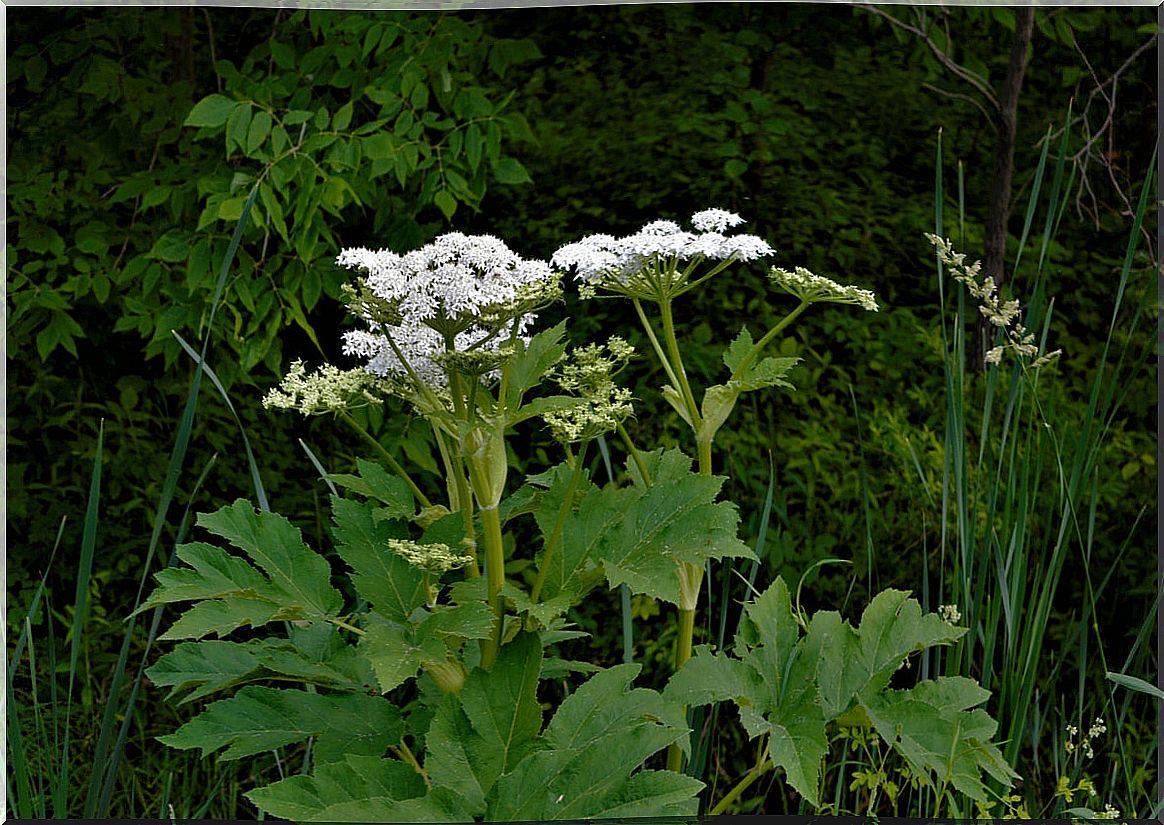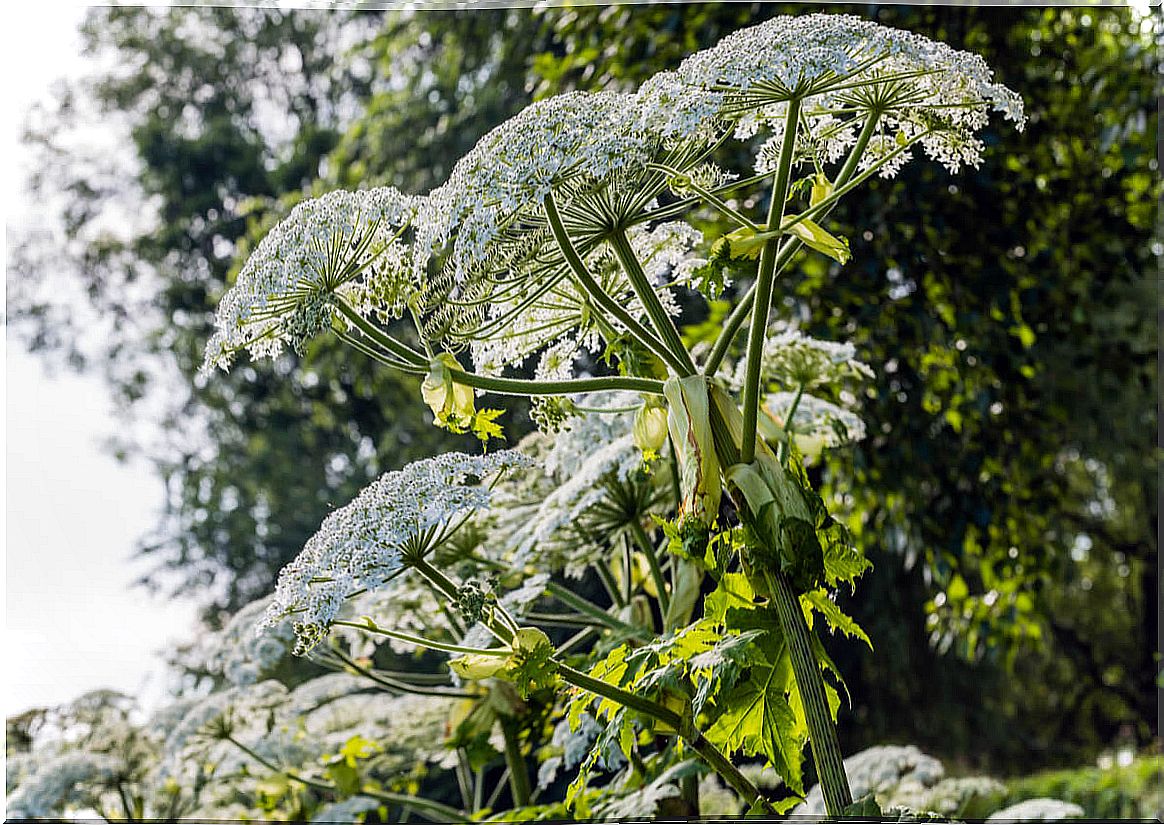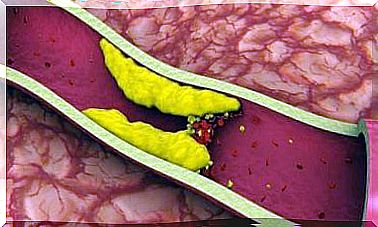What Is Giant Parsley And Why Should We Avoid It?
Giant parsley, whose scientific name is Heracleum mantagazzianum , is a plant native to the southeast of the Asian continent, specifically in border regions of the Black Sea. It also grows in Europe and North America, places where its cultivation spread for ornamental purposes. Why should we avoid it?
Authorities warn that this species is harmful to both humans and pets. Due to the sap it contains, it can cause burns and other harmful effects. Below we detail how it got to America and what to do if you have contact with one.
What is giant parsley and how did it get to America?
Considered an invasive plant, giant parsley (Heracleum Mantegazzianum) is a species that is related to carrots, coriander, and parsley. Its size can reach 5 or 6 meters in height when fully developed. In addition, it has clusters of small flowers that are quite attractive because of their shape.
In fact, this is the reason why it reached the American continent. It is estimated that around 1917 the plant was introduced in the United States for decorative plantings. Through the National Geographic website , Kevin Heffernan, biologist and administrator of the Virginia Department of Conservation and Research, states that “it is a spectacular plant . “
Its flowers are similar to those of the elderberry, but its stem has purple spots and small white fluff. In addition, the leaves are large and their edges are rounded. It is believed that it was transported from Asia to North America by collectors who were fascinated by its beauty.
However, for years it was classified as a “weed” and its sale was prohibited. The reason? It is an invasive species whose sap is dangerous to the health of humans and animals. Even, for years, it has been tried to eradicate it from all the places where it is found.

Why avoid giant parsley?
It is important to mention that the giant parsley does not represent a danger, as long as its sap is not touched. Still, it is recommended to avoid contact entirely, as the leaves and stems contain the sap that causes skin burns.
Specifically, they concentrate toxic chemicals known as furanocoumarins that lead to phytophotodermatitis. This reaction changes the way the skin protects itself against the effects of ultraviolet (UV) rays. Consequently, when the epidermis is exposed to the sun, a burn is generated that can be serious.
The burn can occur minutes after the sap made contact with the skin. However, its effects can also appear after several months. To be more exact, there are symptoms like redness, blisters, and pain. They can vary according to severity.
In turn, if there is contact with the eyes, there is a risk of temporary or permanent blindness, as detailed in a study published in Ecological Indicators . Although evidence is lacking, inhaling the particles is said to cause respiratory problems.
What to do if we find this plant?
Right now it is not frequent to find this plant in gardens due to its prohibition and eradication. However, if you find one, it is essential to pay attention to the following recommendations:
- Do not touch the plant with bare skin.
- Avoid touching the skin with gloves that had contact with the plant.
- Protect the skin from ultraviolet rays. Ideally, apply plenty of sunscreen before starting work.
- Wear long waterproof gloves, long sleeves and any garment that serves as protection to avoid possible contact. It is also important to protect the eyes.
- Cut the plant by the roots, about six inches below ground level. For this you can use a shovel.
- Thoroughly wash clothing that had contact with the plants.
- Wash the tools used with plenty of water.

How to act in case of contact with the plant?
In case of contact with the giant parsley, the first measure is to wash the affected area with plenty of cold water and a mild soap. Similarly, it is essential to avoid contact with sunlight, at least in the first 48 hours.
If there are symptoms of reaction, such as blisters, burning or pain, it is necessary to see a doctor. The professional will determine the best treatment according to the severity of the burn. Topical steroids and non-steroidal anti-inflammatory drugs, such as ibuprofen, are often used.
Do not forget that the effects of the plant can occur long after exposure. Therefore, it is essential to use sunscreen and avoid direct sun as much as possible.









